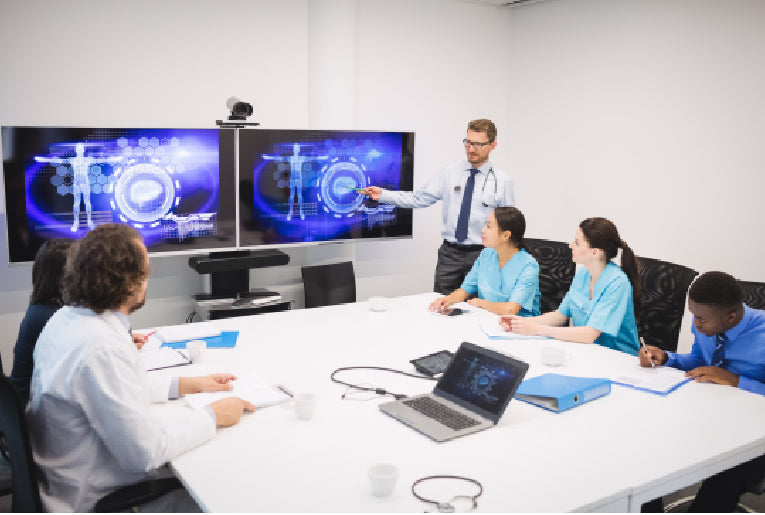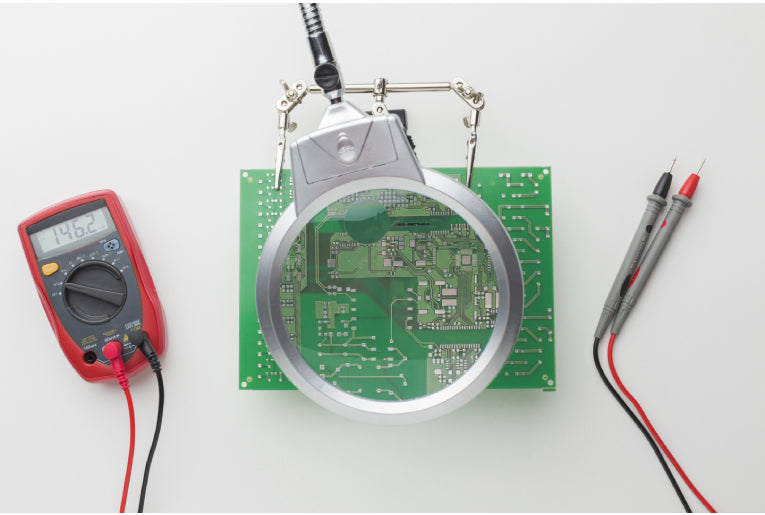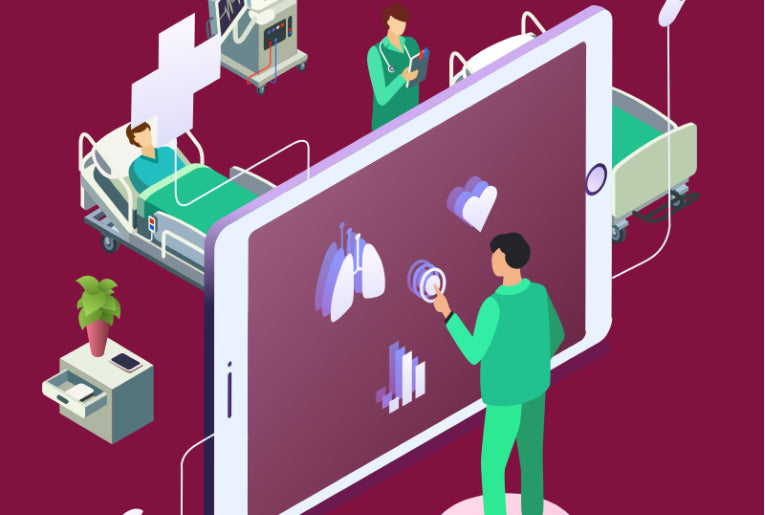Unveiling the Impact of Industrial Design on Advancing Medical Product Innovation

In the rapidly evolving landscape of healthcare and medical device development, the role of industrial design has gained unprecedented significance. While the primary focus in this field has traditionally been on the efficacy and functionality of medical devices, the integration of industrial design principles has emerged as a catalyst for innovation. This blog post aims to explore the profound impact of industrial design on advancing medical product innovation, shedding light on how aesthetics, user experience, and ergonomics play pivotal roles in the development of cutting-edge medical devices.
The Evolution of Medical Device Development
Medical device development has come a long way from the rudimentary tools and equipment of yesteryears. With advancements in technology and a deeper understanding of healthcare needs, the industry has witnessed a remarkable transformation. In the past, the design of medical devices was primarily driven by engineering and functionality considerations. While this approach ensured the safety and efficacy of these devices, it often resulted in clunky, unattractive, and user-unfriendly products.
However, as the field of medicine and healthcare continues to become more patient-centric, there has been a shift towards recognizing the importance of the user experience and aesthetics in medical device design. Industrial design has emerged as a bridge between engineering and user-centered design, helping to create products that not only work well but are also intuitive, aesthetically pleasing, and comfortable for both patients and healthcare professionals.
The Role of Industrial Design in Medical Device Development
- Aesthetics Matter
One of the most apparent ways industrial design impacts medical product innovation is through aesthetics. In the past, medical devices were often designed with a utilitarian mindset, disregarding the visual appeal. Today, however, aesthetics play a critical role in enhancing the overall user experience and patient comfort.
Consider medical devices like insulin pumps, hearing aids, or prosthetic limbs. These are no longer just functional tools; they are also fashion statements and symbols of personal expression. Patients are more likely to embrace and use these devices consistently when they are visually appealing and align with their personal style.
- Enhancing User Experience
User experience (UX) is a key aspect of industrial design that is revolutionizing medical device development. A well-designed medical device should be intuitive, easy to use, and comfortable for the patient. This is particularly important for devices that patients use on a daily basis, such as wearable health monitors or home dialysis machines.
Industrial designers work closely with engineers and healthcare professionals to ensure that the device's interface is user-friendly, minimizing the learning curve for both patients and healthcare providers. Intuitive controls, clear displays, and ergonomic considerations are all part of the equation. When patients can easily interact with and understand their medical devices, it leads to better compliance and more effective treatment.
- Ergonomics and Comfort
Ergonomics is another critical element of industrial design in the medical field. Medical devices should not cause discomfort or strain for patients or healthcare professionals who use them regularly. The ergonomics of a device can impact its ease of use, the efficiency of medical procedures, and even the prevention of musculoskeletal disorders among healthcare workers.
For instance, consider the design of surgical instruments. Precision and ease of handling are paramount in the operating room. A well-designed surgical instrument should fit comfortably in the surgeon's hand, provide optimal control, and reduce fatigue during extended procedures. These design considerations can significantly improve surgical outcomes and reduce the risk of medical errors.
- Human-Centered Design
Human-centered design is at the core of industrial design in medical device development. This approach involves understanding the needs, preferences, and limitations of end-users (patients, caregivers, and healthcare professionals) and designing products that cater to these needs.
Through user research, prototyping, and iterative design, industrial designers collaborate with interdisciplinary teams to create medical devices that address real-world challenges. This approach not only leads to more effective and user-friendly products but also reduces the likelihood of design flaws or adverse events.
Real-World Examples
To illustrate the impact of industrial design on medical product innovation, let's look at some real-world examples:
- Apple Watch and Health Monitoring
The Apple Watch is a prime example of how industrial design has transformed a wearable device into a powerful health monitoring tool. Its sleek, minimalist design appeals to a wide range of users, making it a desirable accessory. Beyond aesthetics, the watch's user interface is intuitive, allowing users to easily track their health metrics, such as heart rate, ECG, and activity levels.
By seamlessly integrating industrial design with health monitoring capabilities, Apple has not only created a stylish wearable but also encouraged users to proactively manage their health. This exemplifies the potential of industrial design in advancing medical product innovation beyond the healthcare industry's traditional boundaries.
- Hearing Aids and Discreet Design
Hearing aids have evolved from bulky, conspicuous devices to discreet, technologically advanced solutions. Industrial design has played a crucial role in this transformation. Modern hearing aids are smaller, more comfortable, and often nearly invisible when worn. This shift in design has reduced the stigma associated with hearing loss and encouraged more people to seek assistance.
- Diagnostic Equipment and User-Friendly Interfaces
Diagnostic equipment used in healthcare settings, such as MRI machines and ultrasound devices, have also benefited from industrial design principles. These machines now feature intuitive user interfaces with touchscreens and clear graphics that make them easier for healthcare professionals to operate and interpret results. Patients benefit from improved comfort during procedures, as designers have also considered factors like noise reduction and lighting.
Challenges and Considerations
While industrial design has undoubtedly advanced medical product innovation, there are challenges and considerations in this journey:
- Regulatory Compliance
Medical devices must adhere to strict regulatory guidelines and standards to ensure their safety and effectiveness. Industrial designers must work closely with regulatory experts to navigate the complex landscape of medical device compliance.
- Cost and Affordability
Incorporating advanced industrial design can sometimes increase the production costs of medical devices. Balancing the desire for innovative design with affordability and accessibility for patients is a constant challenge.
- Interdisciplinary Collaboration
Successful medical device development requires collaboration among multiple disciplines, including engineering, medicine, and design. Effective communication and teamwork are essential for a cohesive product.
Conclusion
Industrial design has become a driving force behind the advancement of medical product innovation. By focusing on aesthetics, user experience, ergonomics, and human-centered design, industrial designers are reshaping the healthcare landscape. Patients now have access to medical devices that are not only effective but also intuitive and comfortable to use. As the healthcare industry continues to evolve, the role of industrial design in improving medical products is bound to grow, further enhancing patient care and quality of life. The fusion of technology, functionality, and aesthetics is ushering in a new era of medical device development, where innovation and empathy converge to shape the future of healthcare.
Leave a comment (all fields required)
Comments will be approved before showing up.


